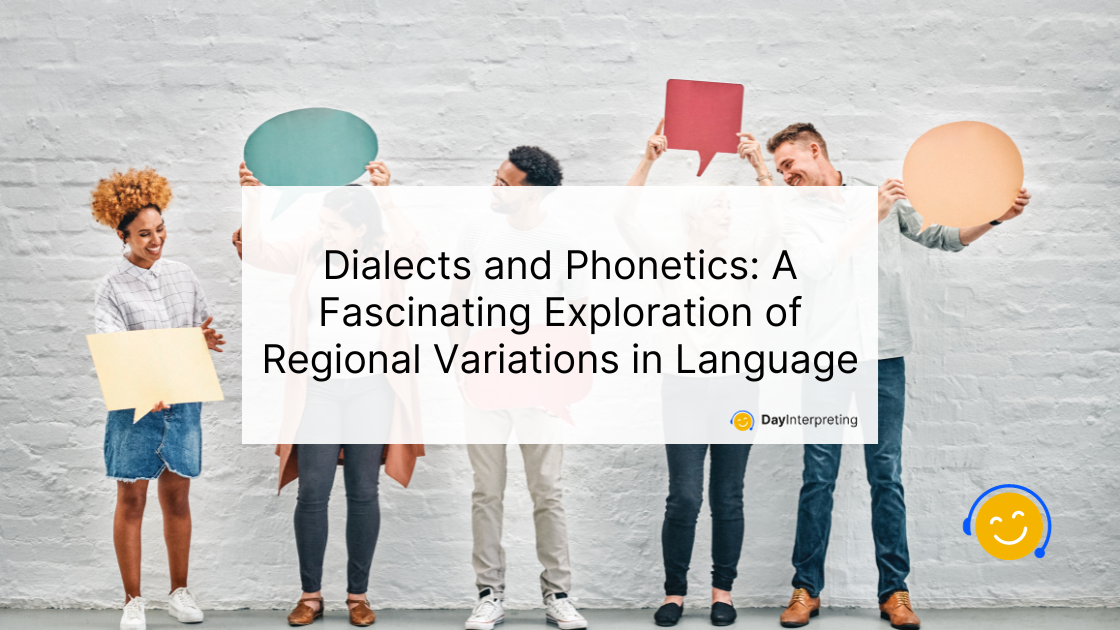Language is a dynamic and ever-evolving phenomenon, constantly shaped by the diverse cultures and regions it encompasses. One intriguing aspect of language is the way it sounds—the phonetic patterns that give rise to various dialects and accents. In this article, we embark on a captivating journey through the rich tapestry of linguistic diversity, exploring how different regions influence the way we speak and communicate through dialects and phonetics.
Understanding Dialects
Dialects are like unique flavors of a language, adding spice and variety to our communication. They emerge as a result of geographical, social, and historical factors. Imagine language as a vast mosaic, where each dialect contributes its own distinct color to the overall picture.
Geographical Influences
Different regions often have their own way of pronouncing words. For instance, how someone speaks in New York may differ significantly from someone in Texas. These geographical variations create a patchwork of dialects across the linguistic landscape.
Social and Cultural Factors
Social and cultural influences also play a significant role in shaping dialects. Certain words or expressions may carry special significance in some communities, leading to the development of unique linguistic features. This cultural imprinting enriches the language with diversity.
Exploring Phonetic Patterns
Phonetics is the study of the sounds of human speech, and when we examine phonetic patterns across dialects, we discover a fascinating array of differences. Let’s delve into two few examples from major languages to illustrate these variations.
English Dialects
In English, differences in vowel sounds are particularly noticeable. Consider the way the vowel “a” is pronounced in the words “dance” and “bath.” These vowels may sound distinct in American English, but in British English, they might be pronounced more similarly.
Spanish Variations
Spanish dialects exhibit differences in consonant sounds. For instance, the “s” sound in Spain might be more lisping than the softer “s” in Latin American Spanish. These nuances add a layer of uniqueness to the language.
Factors Influencing Variations in Dialects and Phonetics
Several factors contribute to the development of dialects and phonetics:
Isolation and Interaction
Isolated communities tend to develop distinct dialects due to limited interaction with other linguistic influences. On the other hand, regions with extensive cultural exchange may experience a blending of phonetic elements.
Historical Events
Historical events, such as migrations and invasions, can introduce new linguistic elements to a region. Over time, these elements become integrated into the local dialect, creating a linguistic tapestry shaped by history.
Dialects and Interpreting Accuracy
The influence of dialects on interpreting accuracy is a critical aspect, especially in fields like translation and linguistics. Understanding the nuances of regional variations becomes essential to convey the intended message accurately.
Translation Challenges
Translators face the challenge of capturing not only the literal meaning of words but also the cultural and phonetic nuances. Failure to grasp these subtleties may lead to misinterpretations and misunderstandings.
Linguistic Diversity in Media
In the age of global communication, media plays a crucial role. Understanding regional variations allows content creators to tailor their messages effectively, ensuring they resonate with diverse audiences.
Wrapping Up on Dialects and Phonetics
Dialects and phonetics are like the spice and melody of language, giving it character and vibrancy. Exploring regional variations enriches our understanding of linguistic diversity and highlights the intricate tapestry woven by communities worldwide. By appreciating these differences, we not only celebrate the uniqueness of each dialect but also foster a deeper connection with the people who use them to express their thoughts, stories, and emotions. So, let’s continue our linguistic journey with open ears and open minds, embracing the beauty of diverse voices that make our world a harmonious symphony of languages.





0 Comments